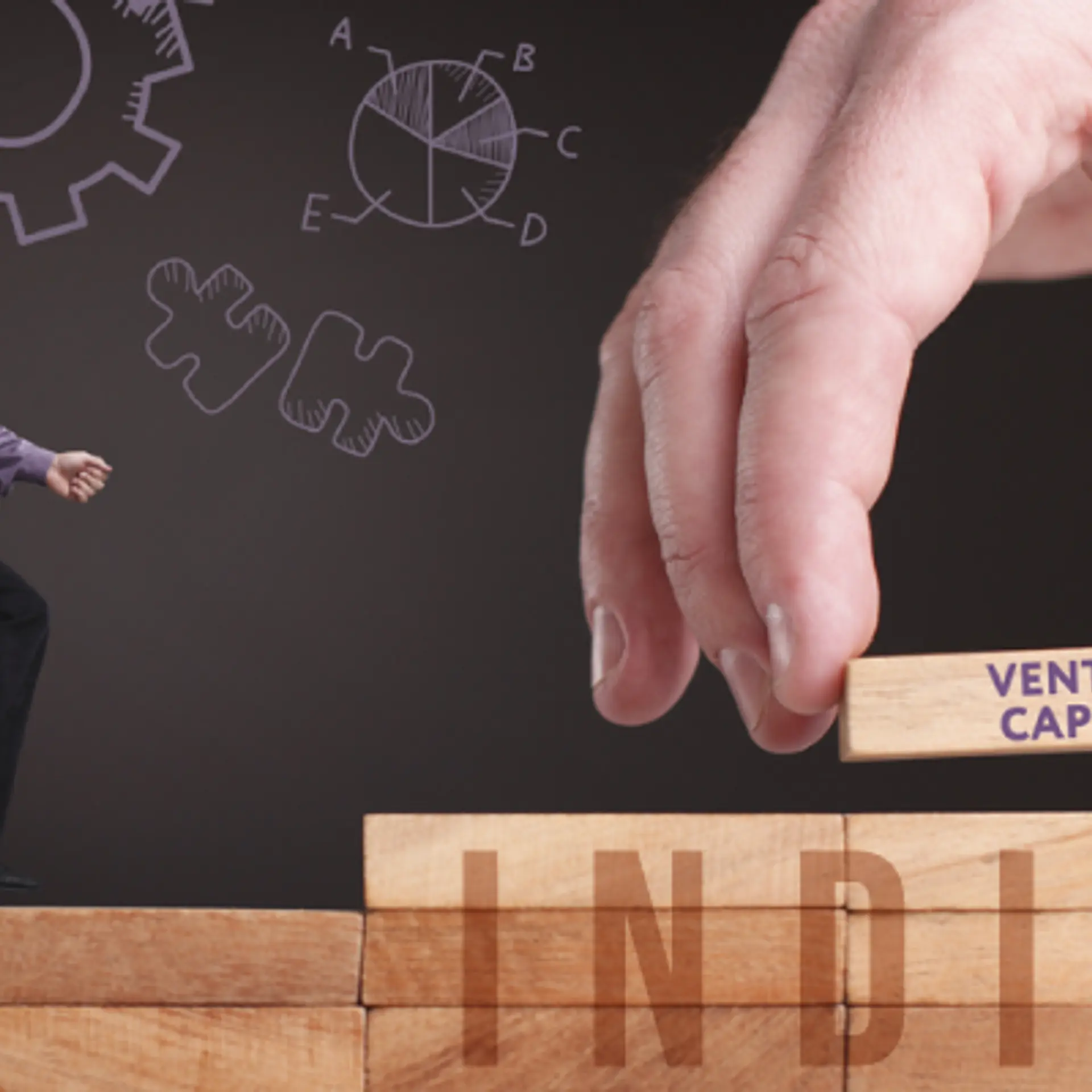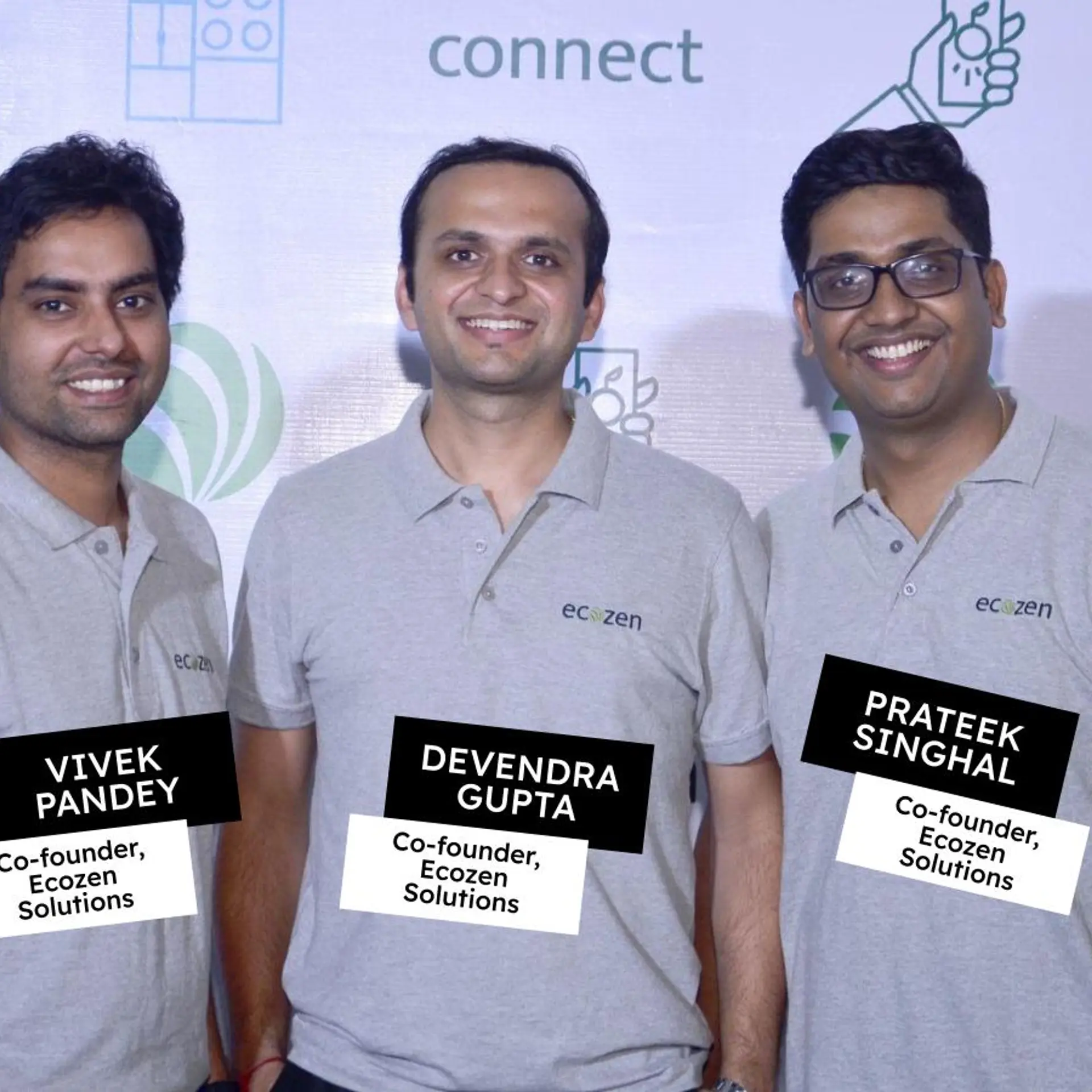Trends shaping India’s ecommerce landscape
From digital-first brands leading the way and increased focus on automation to a push towards omnichannel presence, and other such trends will shape the future of ecommerce industry in India.
COVID-19 has accelerated the shift to online shopping, and this shift persists across categories as consumers continue to keep their out-of-home engagement low to curb the spread of the virus.
Even though restrictions by authorities have been eased in most parts of the country and physical stores are now open, the growth trajectory of the ecommerce industry looks unlikely to shift down. We are entering a world that will be the amalgamation of online and offline shopping. The rising number of first-time online shoppers across India and ecommerce users from Tier II and Tier III cities of India are driving the ecommerce growth.
As ecommerce becomes an integral part of retail, these trends have been the driving force for the last couple of years and will continue to shape the future of ecommerce industry.
Digital-first brands leading the way
As consumers across demographics make their purchases online, more consumer brands are setting up their digital stores to directly engage with customers. The digital-first D2C wave has swept the ecommerce industry.
The success of digital-first companies like , , and has been phenomenal and took the industry by storm. This has also influenced traditional FMCG giants and personal care brands to invest heavily towards developing their own website in an attempt to build customer loyalty.
In fact, some of the leading FMCG companies have also acquired or invested in few digital-first brands.
According to Unicommerce reports, brand websites are performing way better than the marketplace with 80-90 percent order volume growth in the last year. While D2C and digital-first brands are growing at a lightning speed, the marketplaces will always be the volume drivers, and hence D2C brands continue to focus on both website and marketplaces as important channels to interact with consumers.
As the number of digital-first and D2C brands continue to rise in India, the ecommerce industry is witnessing the emerging Thrasio style model in India. A lot of new companies have emerged in the last year with a similar model and they are looking to acquire these Digital-first and D2C brands of India.
These companies have raised funding from some of the marquee investors. This will also further promote the culture of D2C, leading to the launch of many more digital-first brands.
Driving supply chain automation
It’s no surprise that the boom in online shopping has fast-tracked the need for an automated supply chain that ensures the seamless flow of information and offers great product delivery and user experience to the end consumer.
As the ecommerce space becomes increasingly competitive, even SMB sellers and small-scale D2C brands are investing heavily in tech-enabled solutions to streamline processes, efficient warehouse management, reduce manual errors, optimise inventory management across multiple stocking locations, and increase NPS score.
These solutions also help companies in reducing return orders, directly helping companies in improving bottom line.
The heightened focus on supply chain digitisation has also created a demand for ecommerce focussed, integrated supply chain solutions that can bring all the supply chain components of e-commerce operations on a single platform.
The increasing push towards omnichannel
The phenomenal growth of ecommerce has given rise to omnichannel retail, with brands integrating their online sales channels with physical stores to ensure their customers have a seamless shopping experience, regardless of the medium they choose.
The omnichannel acceleration comes from the realisation that despite the increased inclination towards digital shopping, consumers are unlikely to abandon traditional brick-and-mortar stores anytime soon.
With an omnichannel strategy in place, retailers are well-equipped to handle the evolving demands of new-age consumers, who expect a truly flexible shopping experience – the ability to purchase their favourite product wherever they want and whenever they want.
Another reason behind this omnichannel rush is customer expectations of one to two-day deliveries. In fact, some brands are taking the omnichannel route to bring down their order fulfillment time by shipping products directly from their physical stores. According to Unicommerce reports, 20-25 percent of omnichannel orders are fulfilled through stores.
FMCG and personal care categories picking up the pace
The ecommerce industry was largely dominated by the fashion and electronic segments, but the pandemic has changed this status quo, and other categories such as personal care, beauty and wellness, and FMCG & healthcare are witnessing massive online growth.
According to Unicommerce reports, the FMCG and personal care category recorded accelerated order volume growth of 80-90 percent in the last year. Factors such as high repeat purchase cycles, and frequent purchase during lockdown has led to habit formation, resulting in continuous segment growth. The sector has also attracted the attention of ecommerce giants like , , and many others.
Having said that, these categories still hold a very small share of overall ecommerce, but it will increase at a rapid pace in the coming years.
Emerging ecommerce models
As ecommerce continues to grow, there are new shopping models that are emerging in the industry and we will see multiple new customer-centric models in the near future. The social commerce model has gained the attention of consumers and investors in the last couple of years.
Leading brands are leveraging platforms such as Instagram, Facebook, and Snapchat to connect with young consumers of India, and we are also seeing other models emerge where individuals from Tier II and tier III cities are selling products to their network through platforms like , , , CityMall, , , , etc.
While social commerce has become a huge success, other models such as voice-based shopping, shopping directly through WhatsApp, and chatbots are gaining traction.
We are seeing that these are going to be the next big innovation in the ecommerce industry. This will also help companies to personalize their products based on consumer preferences.
The rising ecommerce adoption is changing the retail landscape of the country and new trends continue to emerge at a breakneck pace. The line between online and offline will continue to blur and the only thing that will matter is customer experience.
The brands will continue to adopt technology and connect with consumers at various touchpoints. It will be interesting how these trends will impact the overall retail industry of India.
Edited by Megha Reddy
(Disclaimer: The views and opinions expressed in this article are those of the author and do not necessarily reflect the views of YourStory.)








